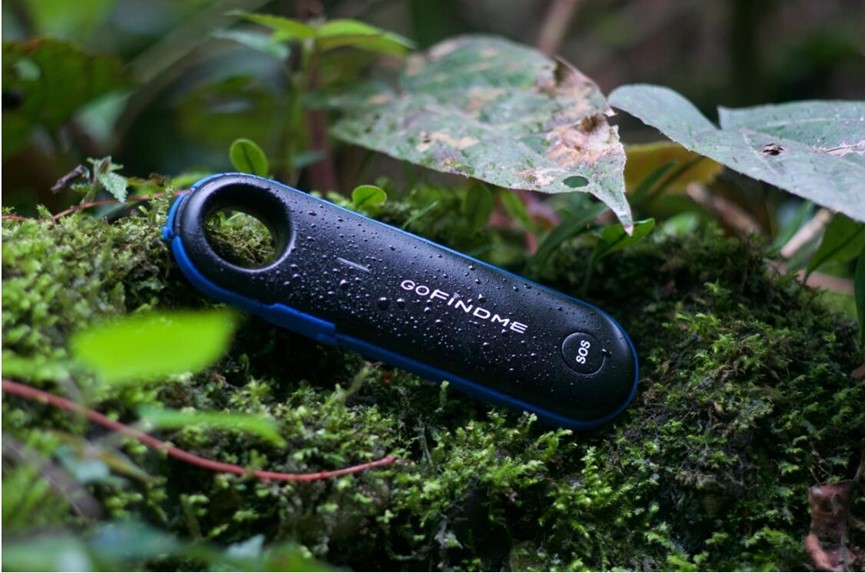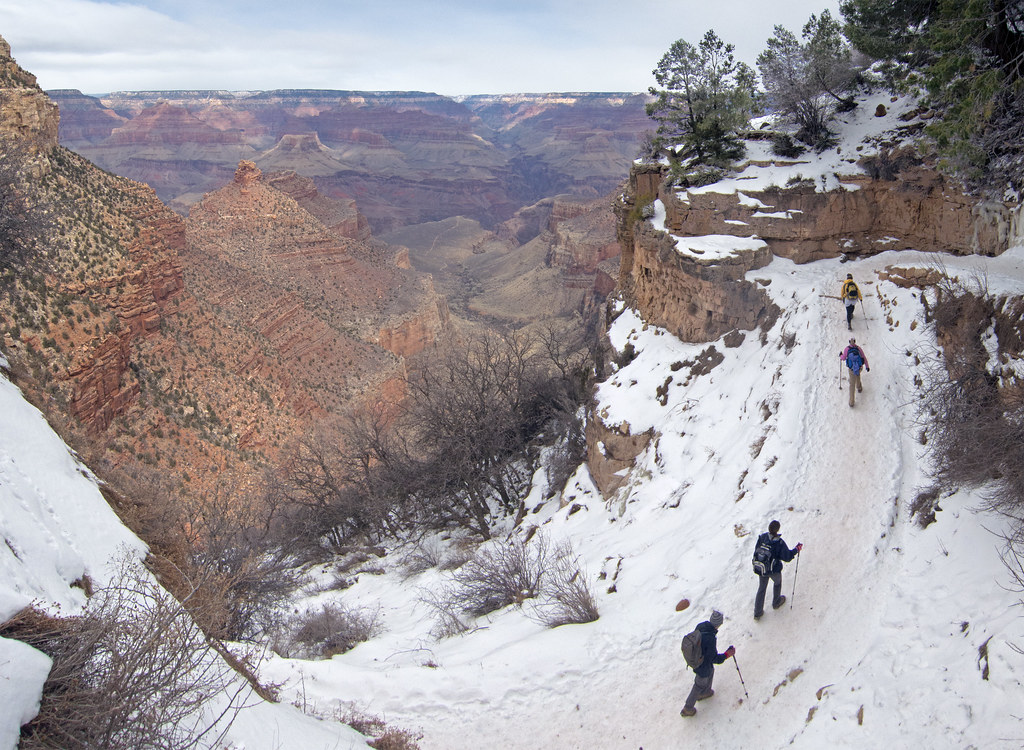Winter is here. For those who want to fully embrace the cold and spend your winter outside having fun despite the winter conditions, be sure to prepare the right gear, clothing, and attitude. Here are our 7 tips for winter hiking to make your trip safe and comfortable.
Check the weather forecast and be prepared
First of all, check out the weather forecast. This is an especially important rule for winter hiking. Only then will you be able to prepare properly.
Also, take into account the terrain, altitude and common weather patterns in the region. If you go to a mountain, for example, the temperature on the summit is sure to be significantly lower than the base town. Similarly, cold air tends to be very concentrated in valley regions, also increasing the chance of frost.
With the information in hand, it’s time to do the proper planning. If your trail includes a camping stop, that data will be even more critical. You’ll need them to know even if your sleeping bag and thermal insulation can withstand the expected temperatures. And finally, don’t forget to let someone know about your itinerary and the expected return date.
Dress in layers & avoid cotton clothes
Another important caution when hiking in winter is to wear the most appropriate clothing. Instead of wearing a single heavy, warm coat, choose to dress in “layers”. For this, it is usually used three pieces of breathable fabrics. This makes it easier to take or place any parts and adjust to the temperature along the walk. This way you don’t get too hot and don’t sweat so much, which is critical to staying dry along the way.
Also, avoid cotton, which is heavy and takes time to dry. This is true even for socks, which ideally should be of some breathable, synthetic or wool material. Excessive moisture in the tissue can freeze the body and lead to hypothermia, so take this advice seriously.
Wear a hat or hat and don’t forget the sunscreen
It may not seem like it, but we lose an immense amount of heat through our heads. Perhaps it has to do with the fact that our brain is responsible for consuming up to one third of body energy. However, when hiking in winter it is important to keep your head always covered. This helps maintain body functions and warmth. A hat or cap may suffice, but on colder days or during rest periods it is worth wearing a hat. This is a basic tip that was very well remembered by the American Hiking Society.
Also, don’t forget the sunscreen. It is not because it is cold that we can put this caution aside. UV rays continue to work, even if we don’t feel the same way as in summer. Even though the risk of tissue freezing is low, moderate cold can burn and crack exposed skin. Remember to wear gloves and carry items such as cocoa butter and panthenol ointments to protect your lips and skin.
Navigation and communication
In winter, you may see everything covered by snow, so it is even harder to tell directions. Therefore, you should learn how to navigate yourself in snow when the sun, moon, and stars are completely hidden from view.
In that case, you can carry a compass or personal GPS tracker for you and your friends because your phone may be out of cell service coverage. A compass is good if you know how to use it with a map.
If you prefer a GPS tracker, I recommend GoFindMe GPS tracker. With 3 built-in offline maps, it can always keep you on the right trail and lead your way home. Besides, It allows you to share real-time location on the phone app even when there’s no cellular service. If you encounter an emergency, you can send SOS signals to others without cell service.

Remember to eat and drink lots of warm water
It is common in cold weather not to feel like eating or drinking water. However, neglecting diet and hydration when exercising and hiking in winter is a fatal mistake.
In fact, dehydration makes us even more susceptible to hypothermia. In addition, winter tends to be accompanied by drier air, which makes hydration even more important. Even if you are not sweating so much, drink plenty of water.
If your destination is overseas and includes sub-zero temperatures, keep in mind that your water may freeze. Remember that you cannot directly eat snow because it will cause low temperature and even Hypothermia, a medical emergency that occurs when your body temperature is below 35 C. So take it in a thermos or pack your regular bottle in a wool sock.
Be prepared for shorter days and carry safety gear
As in summer, hiking in winter is best when walking while there is daylight. Especially in the south of the country, temperatures drop dramatically as the sun goes down. To help, days are shorter, so take this detail into account in your planning.
Go with more experienced people and know your limits
Especially in cold weather, when the risk of hypothermia is higher, it is ideal to go hiking accompanied by experienced people. After all, nobody wants to get lost, especially when the risk is to spend one or more freezing nights in the open.
Besides having the help of more experienced colleagues, always take care of your safety and learn as much as possible. This includes knowing the region, knowing how to use a GPS, a map and a compass, and making sure you are prepared for that trail. Respect yourself and always know your own limits.

